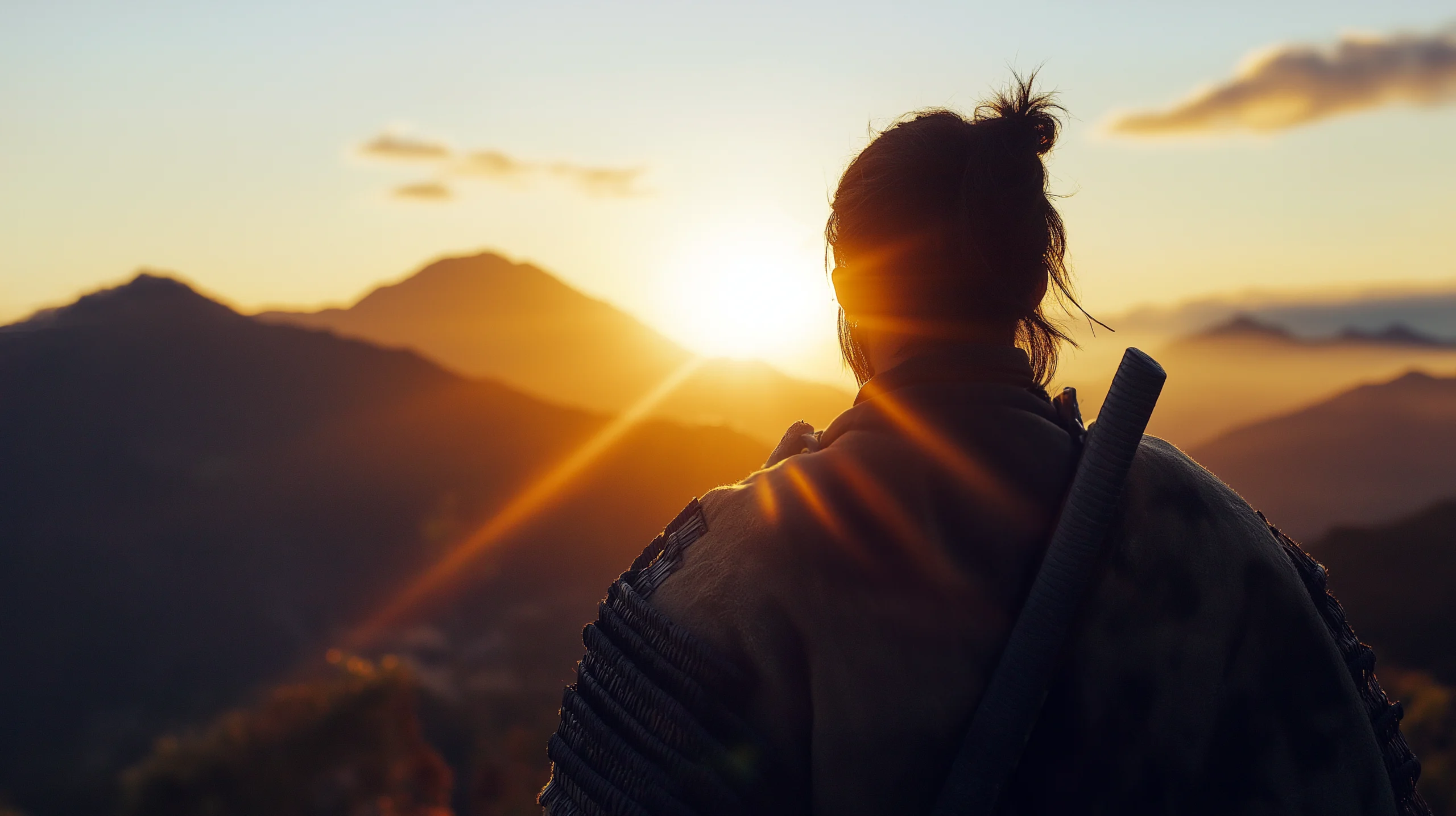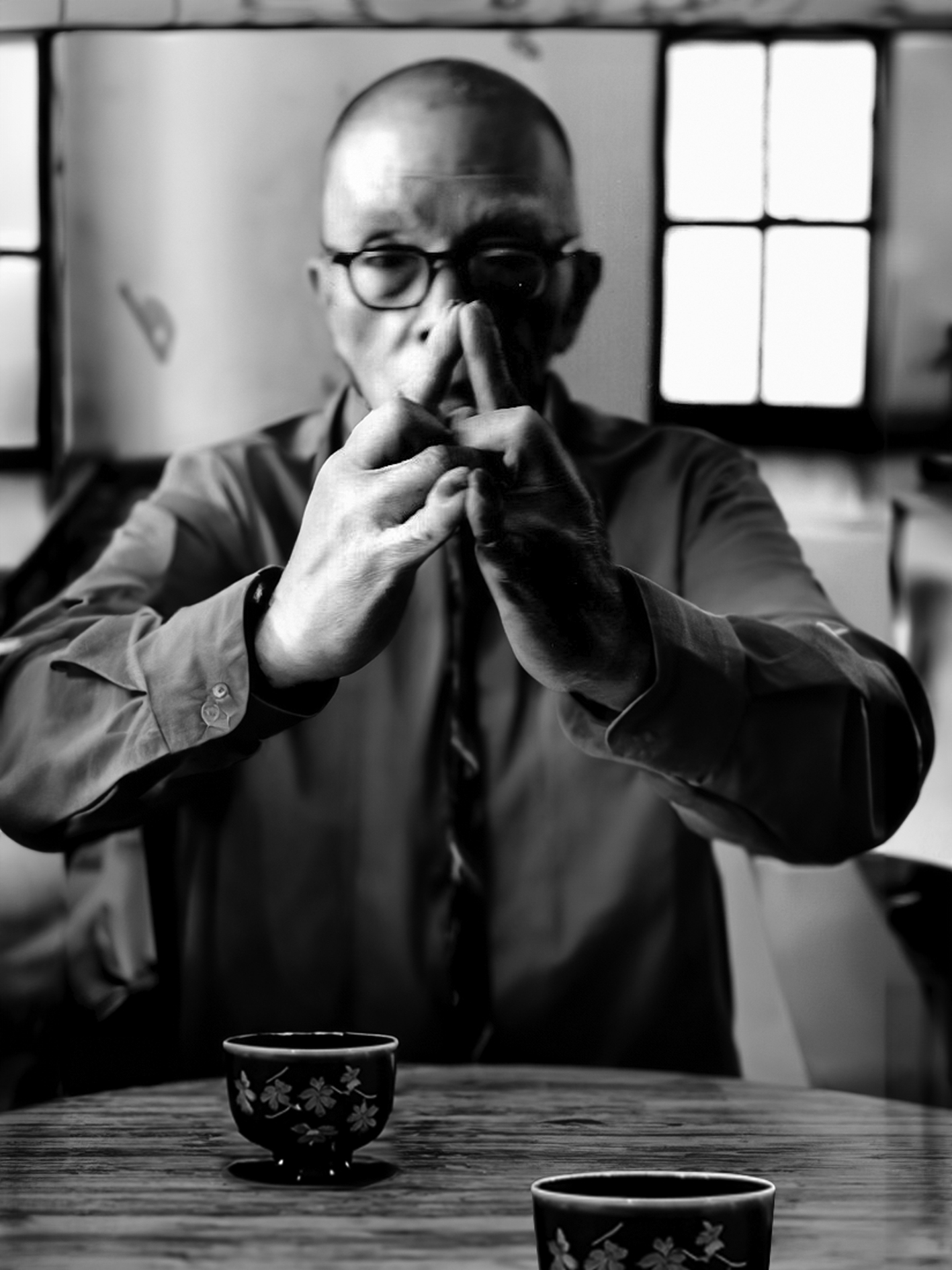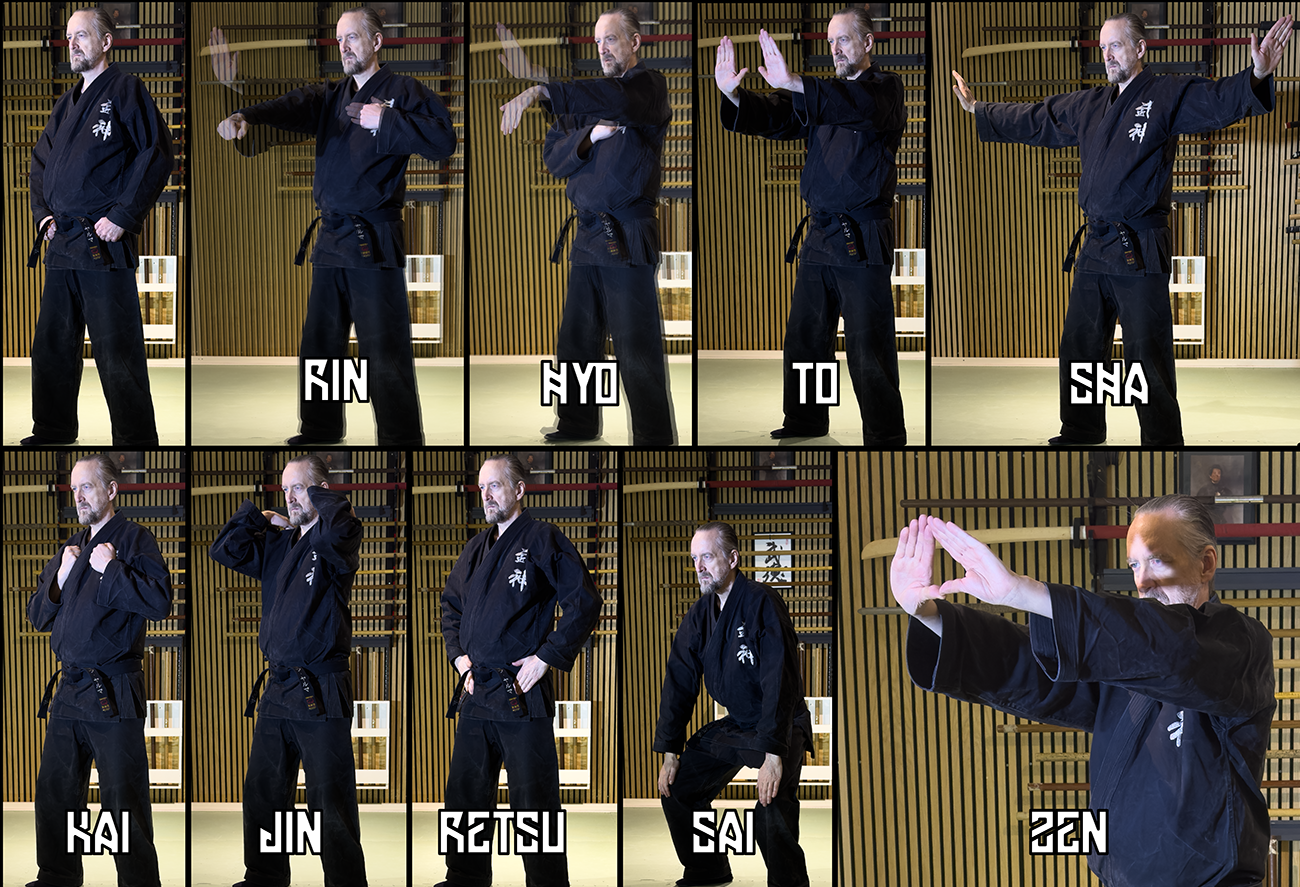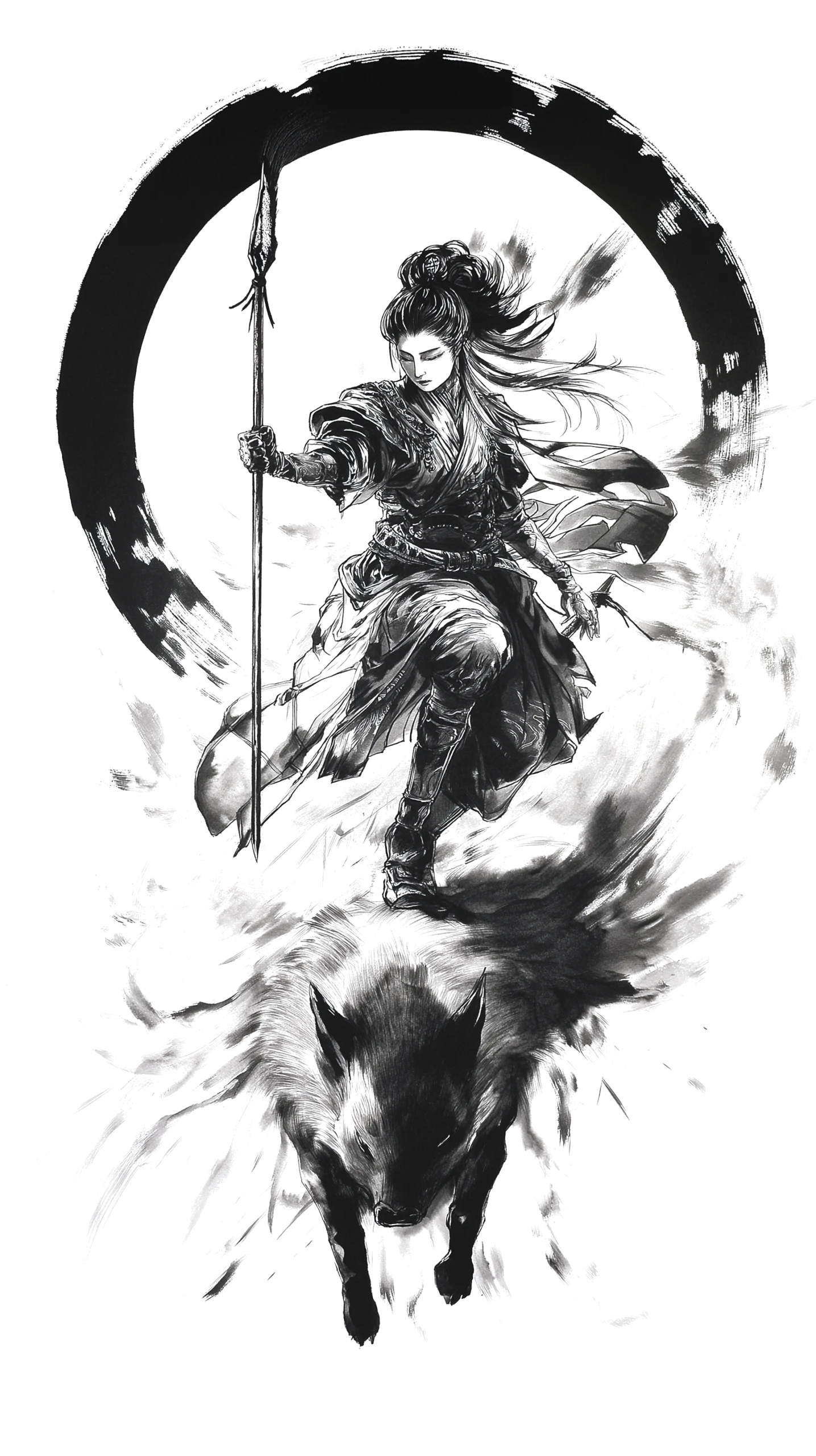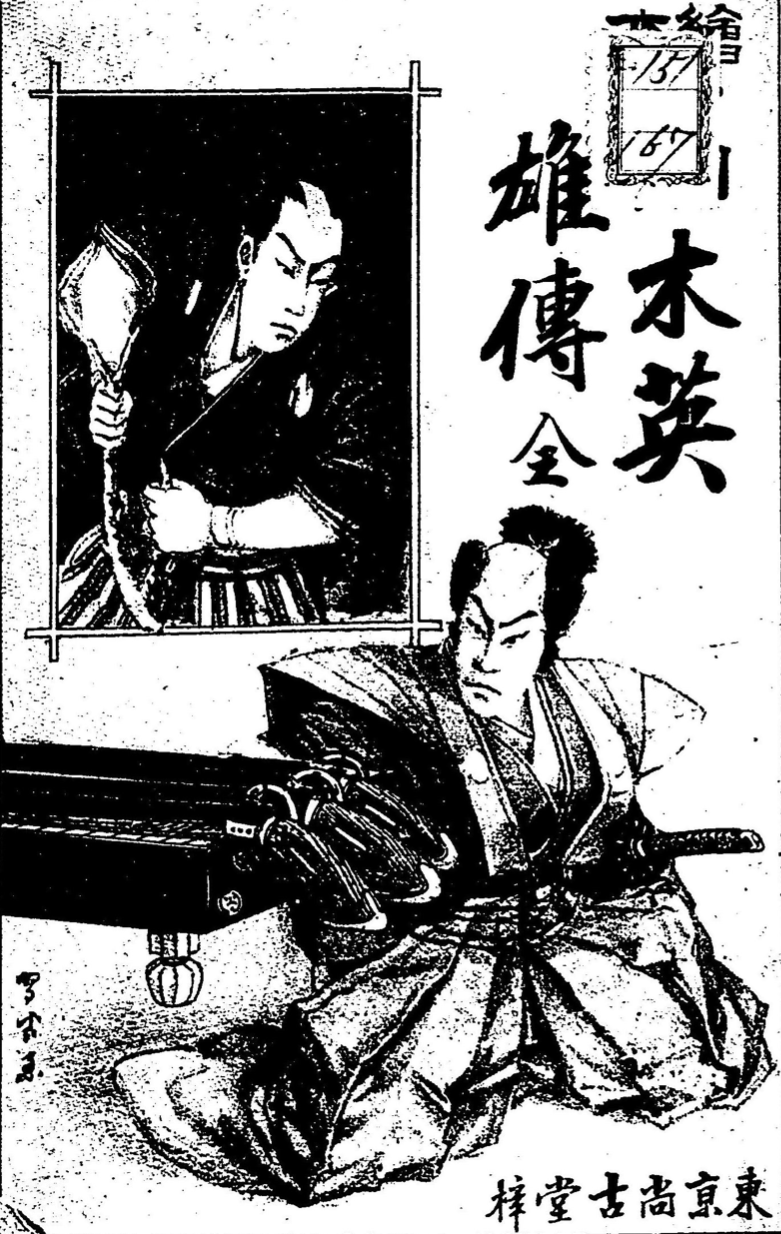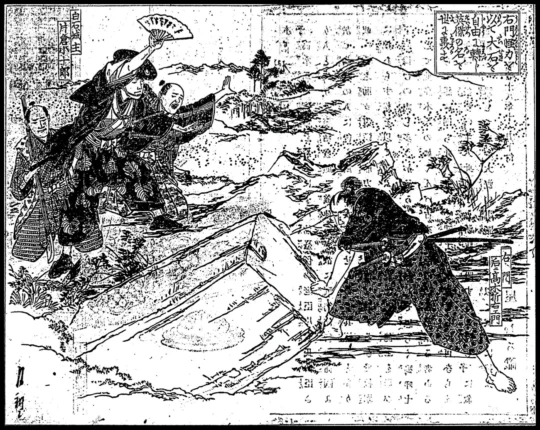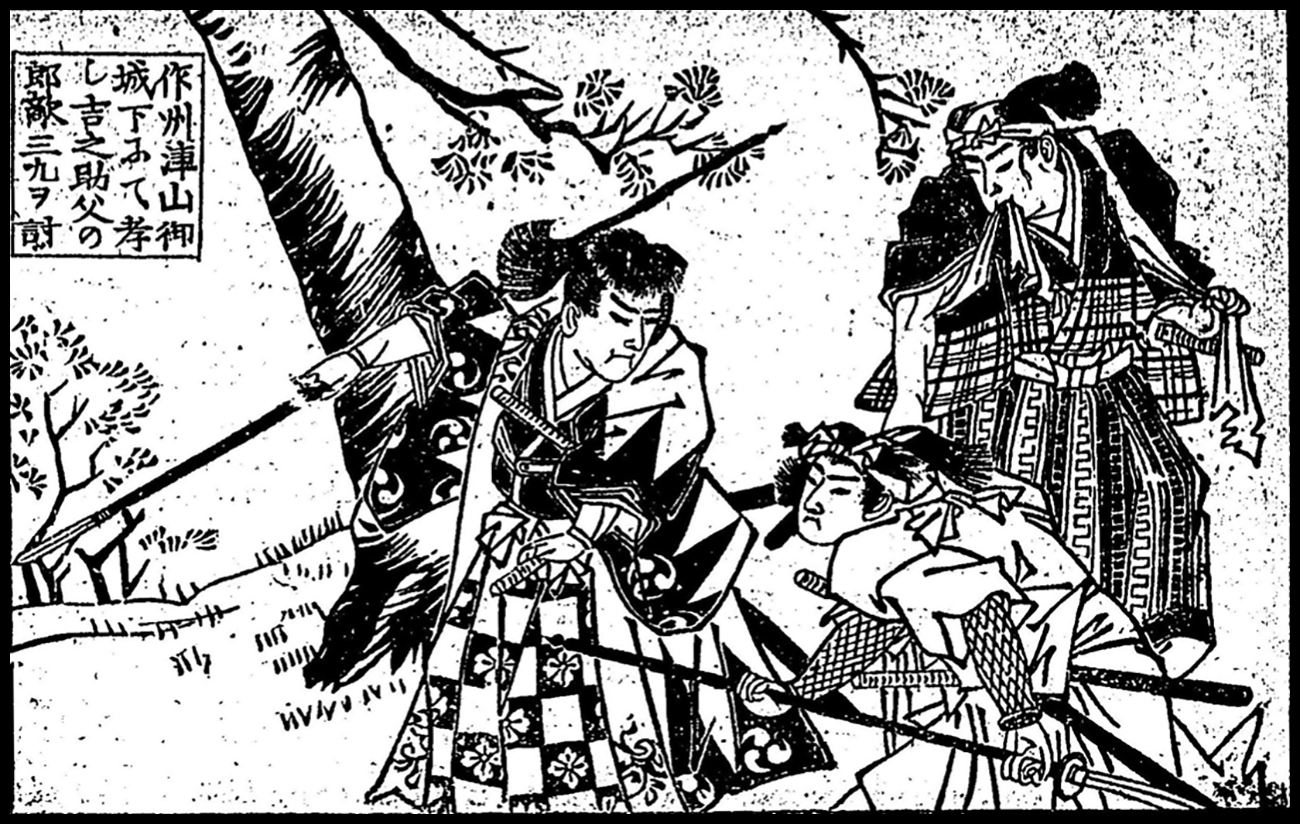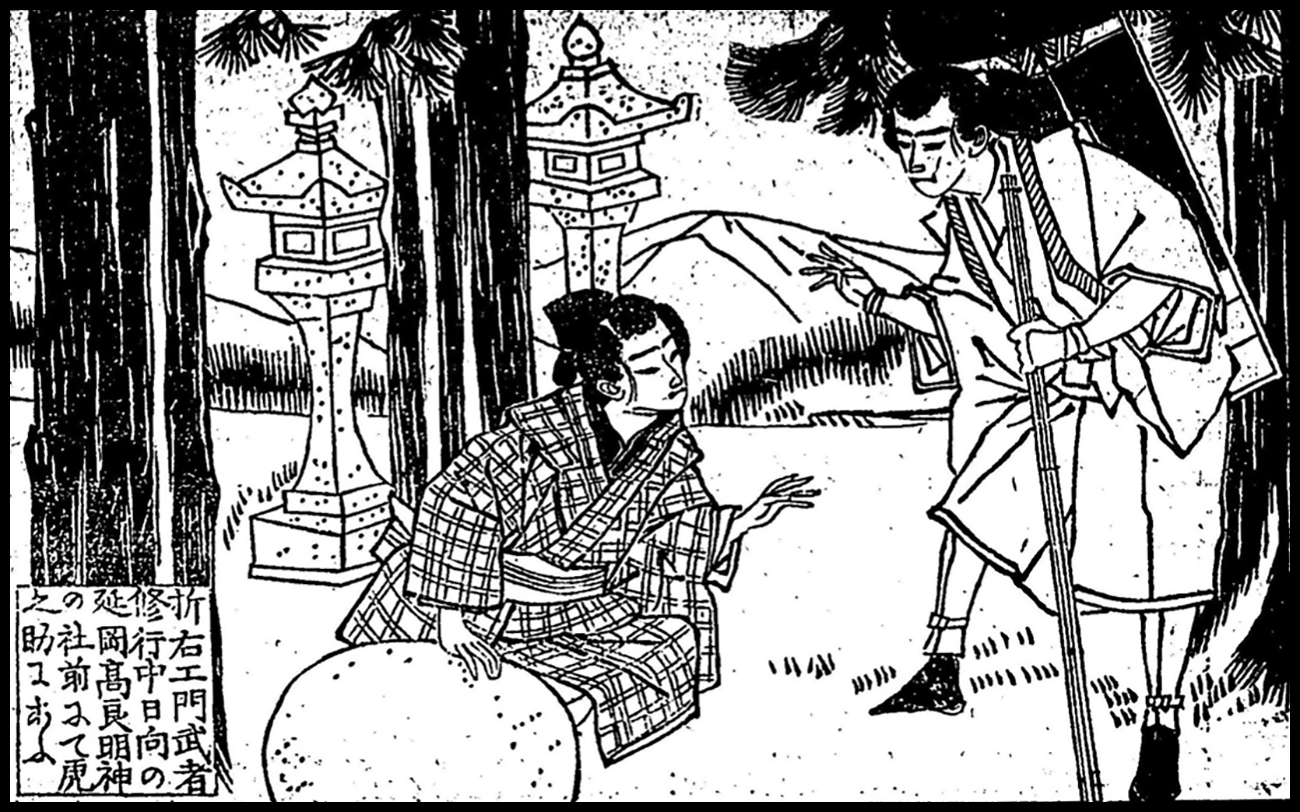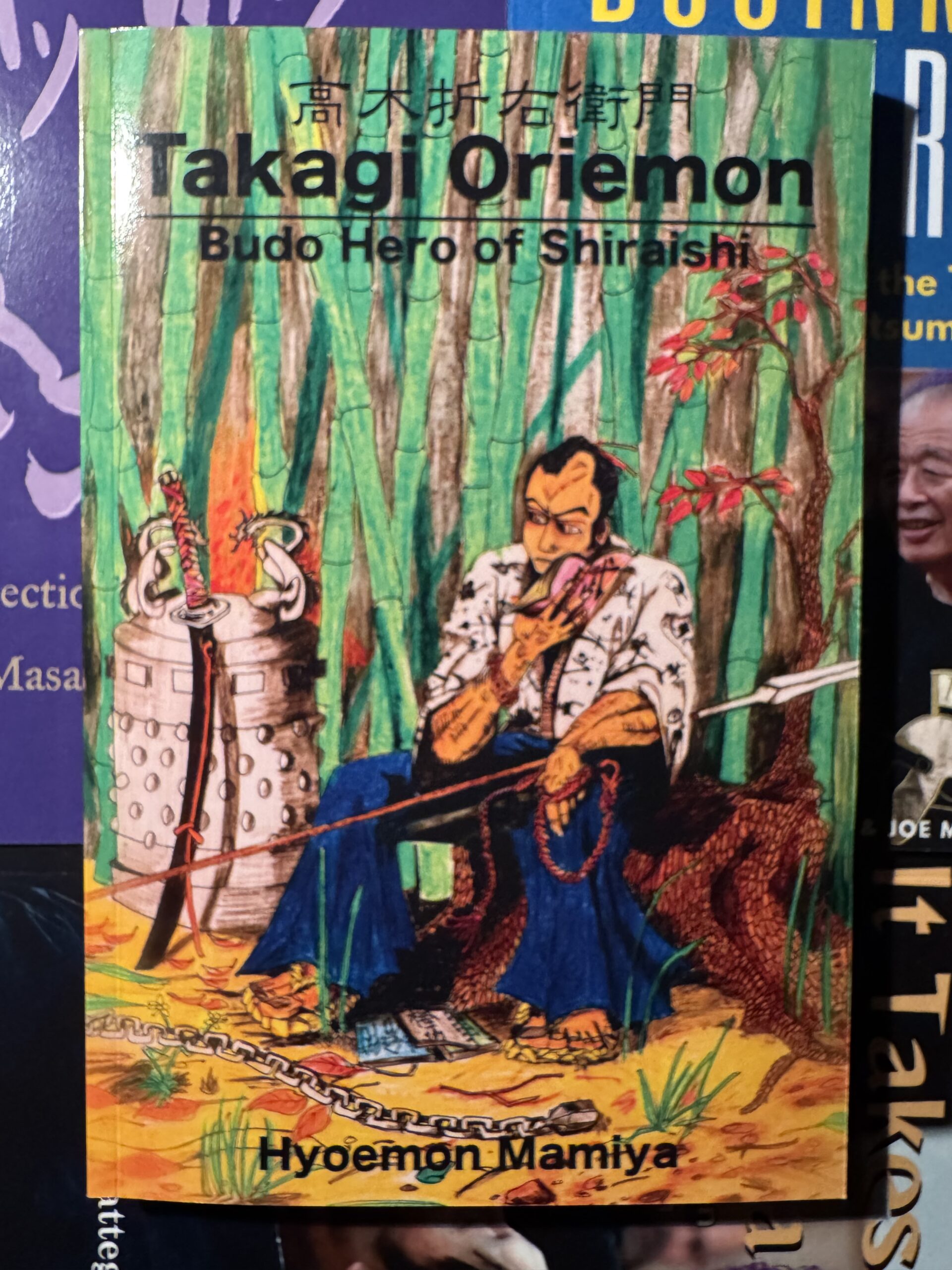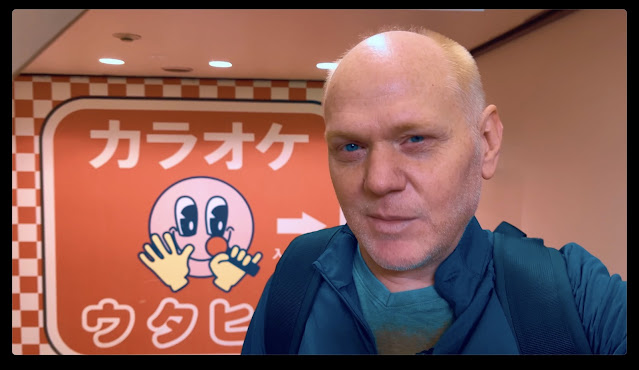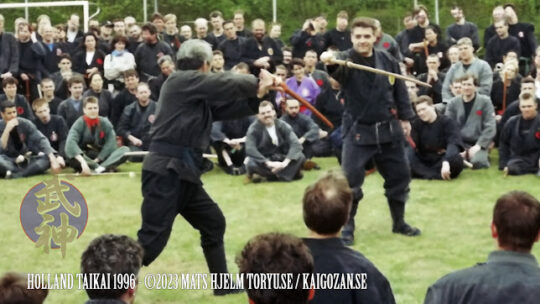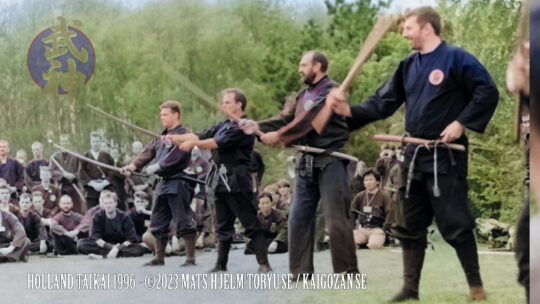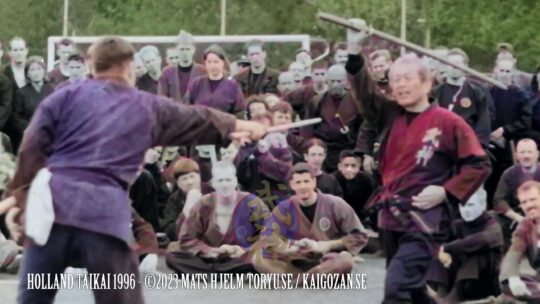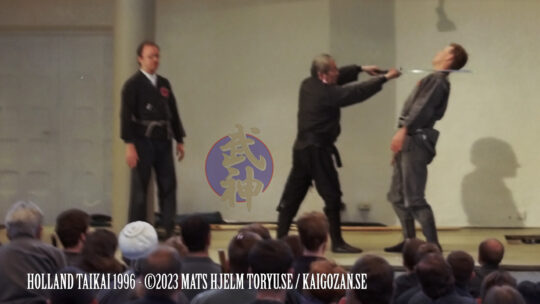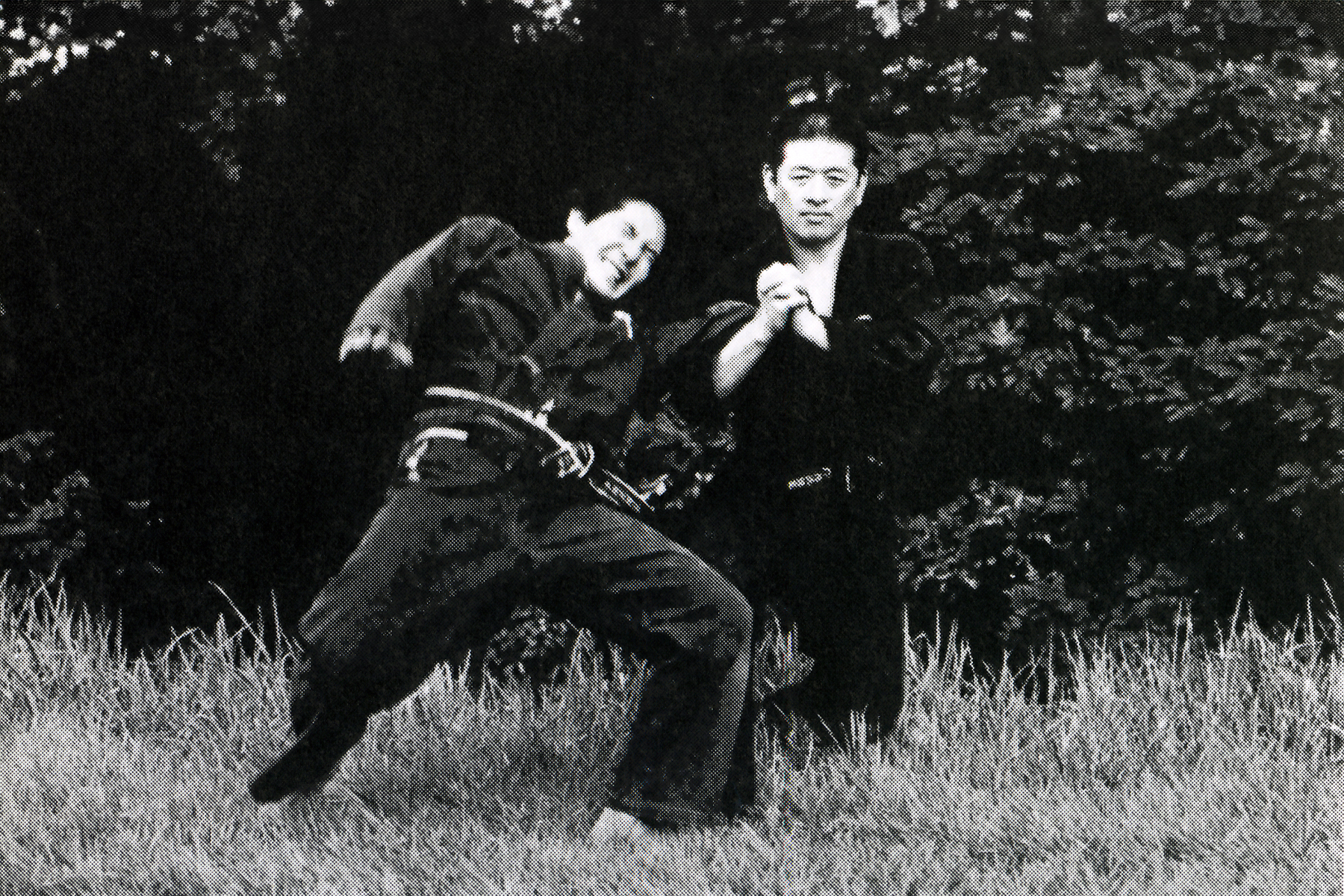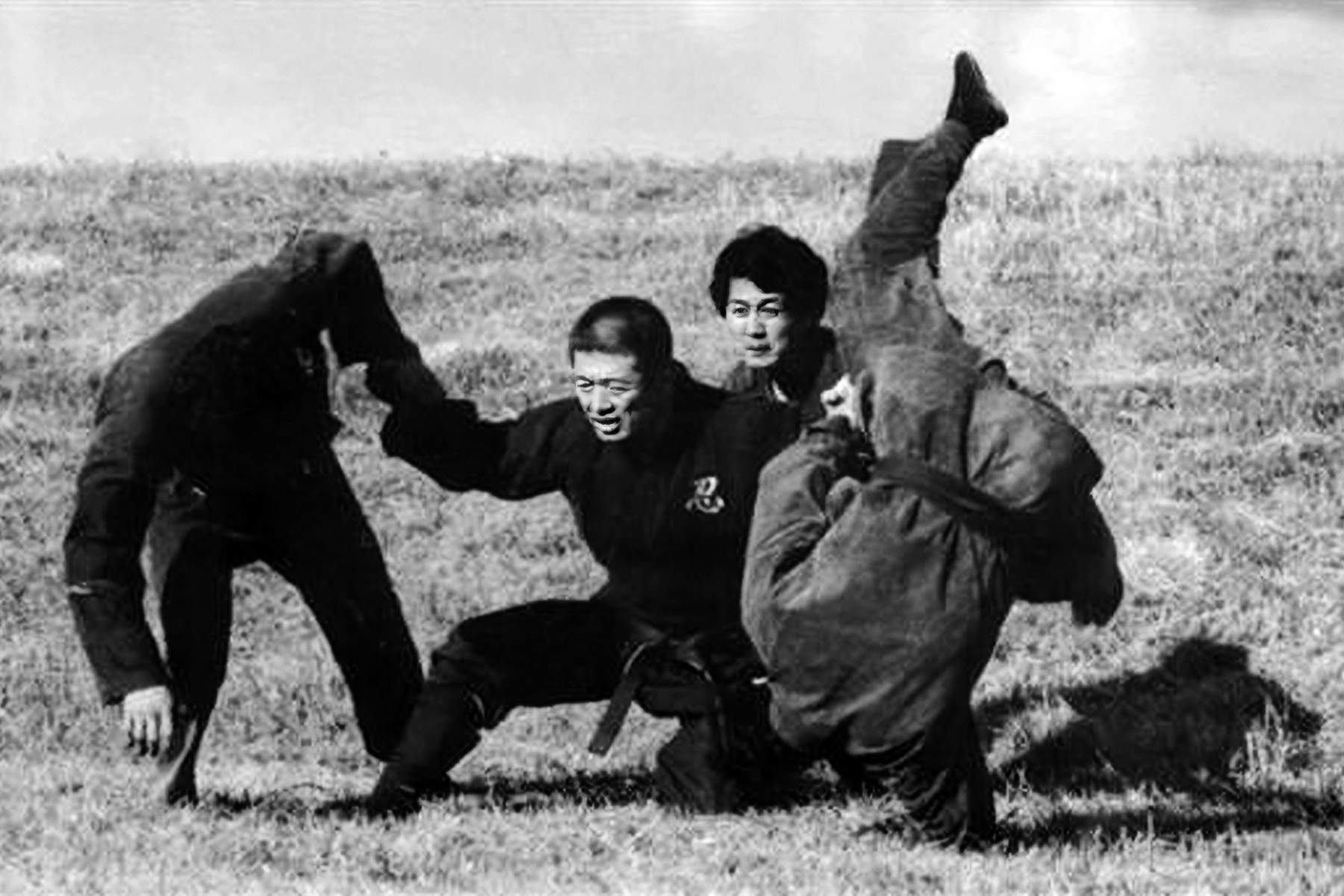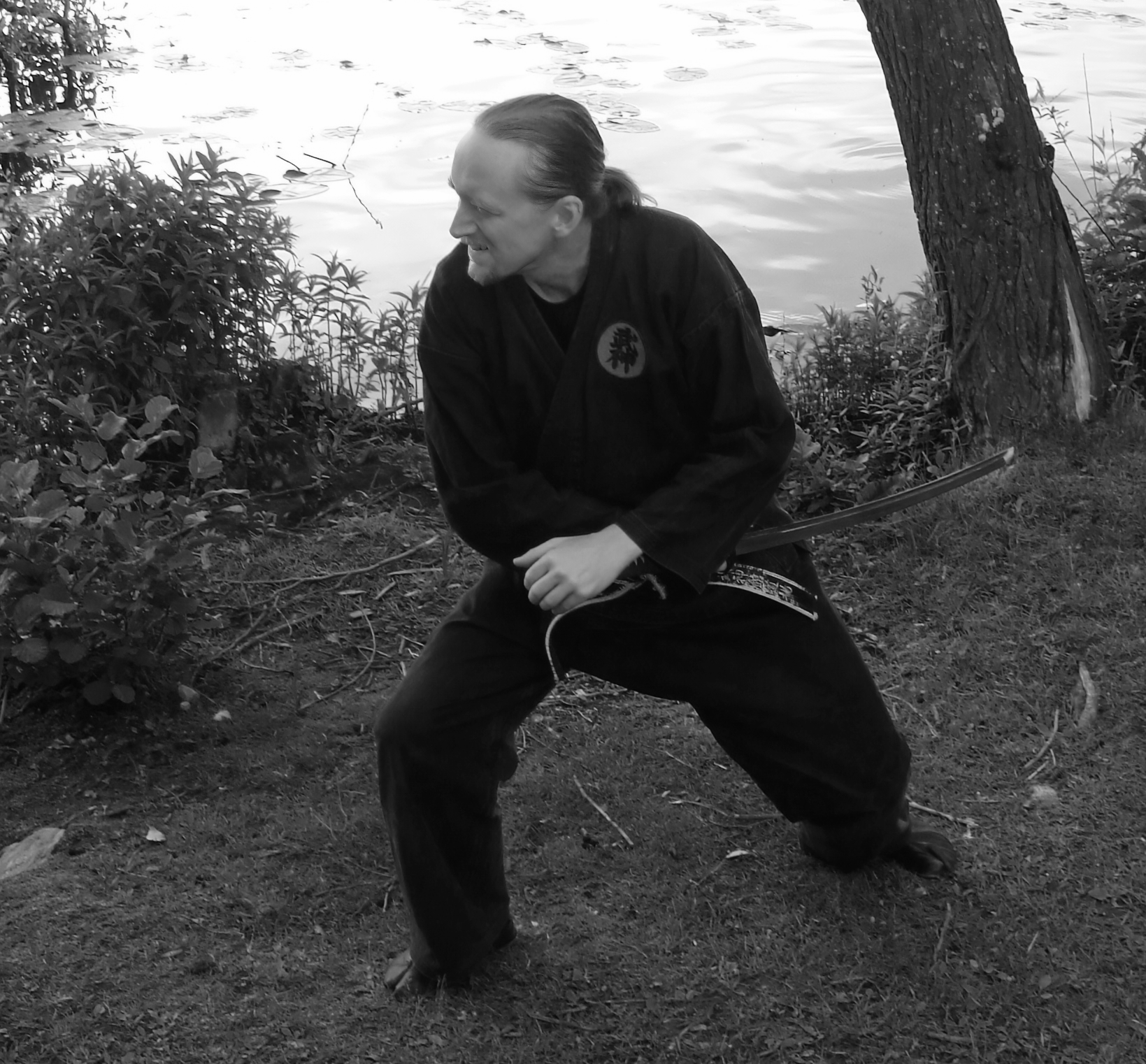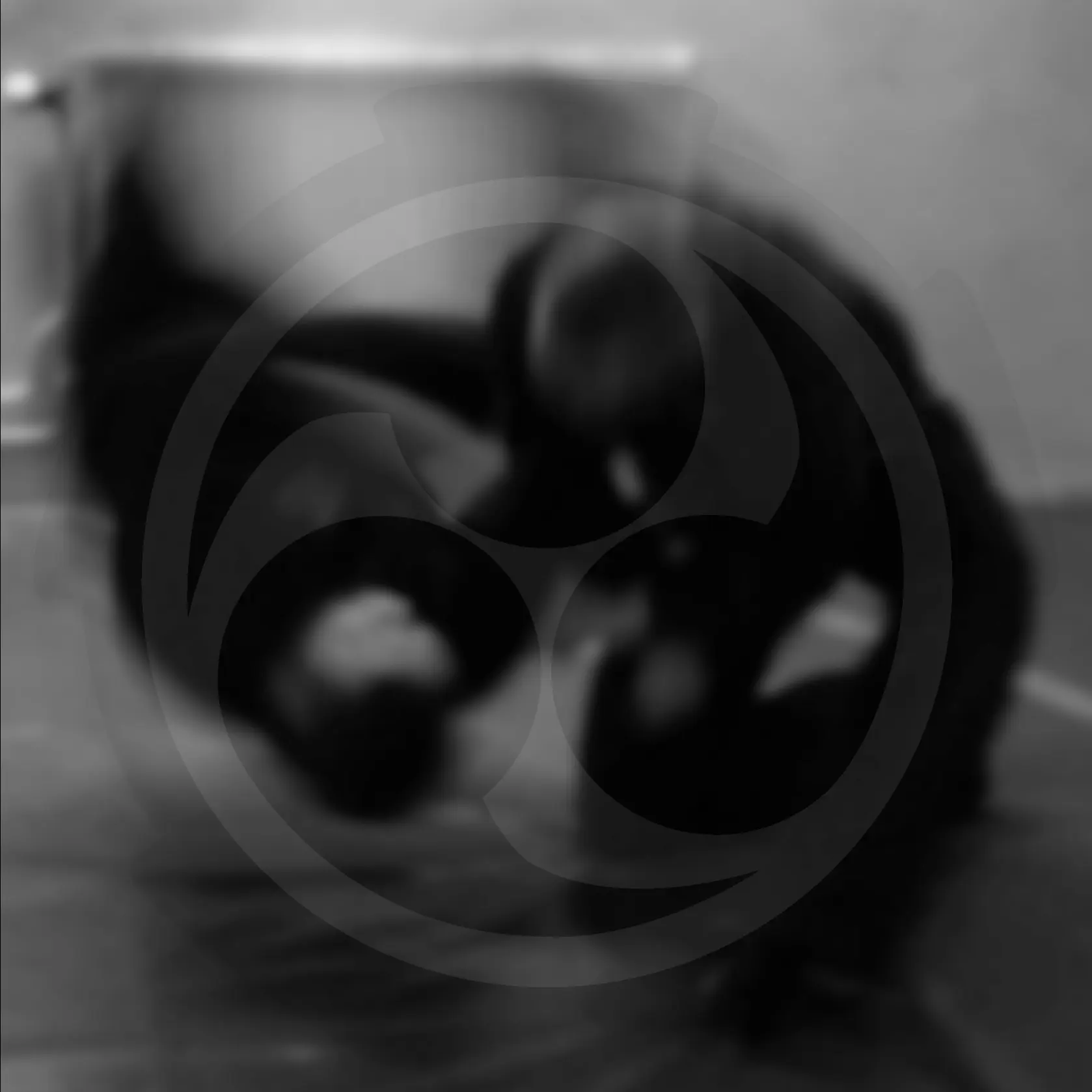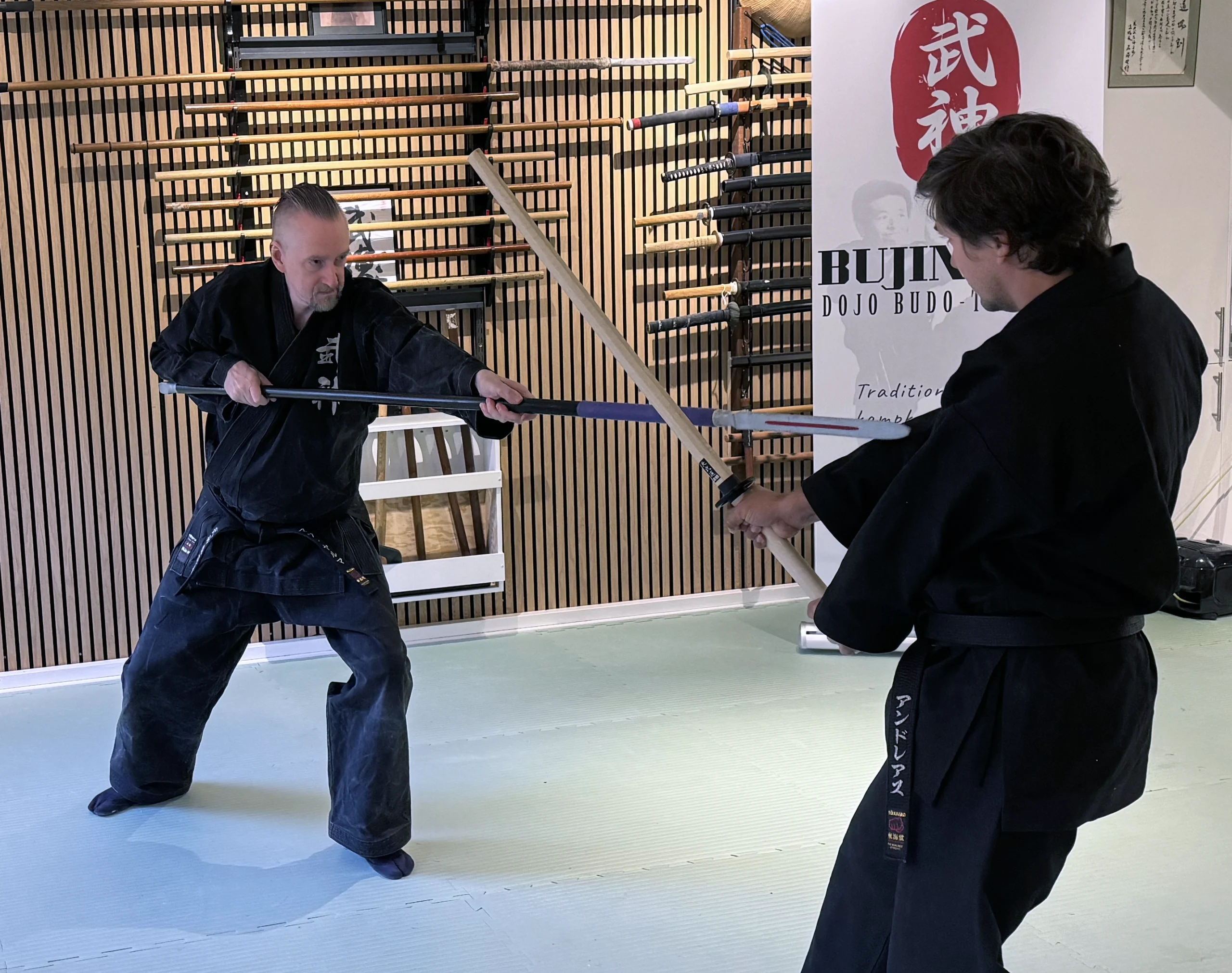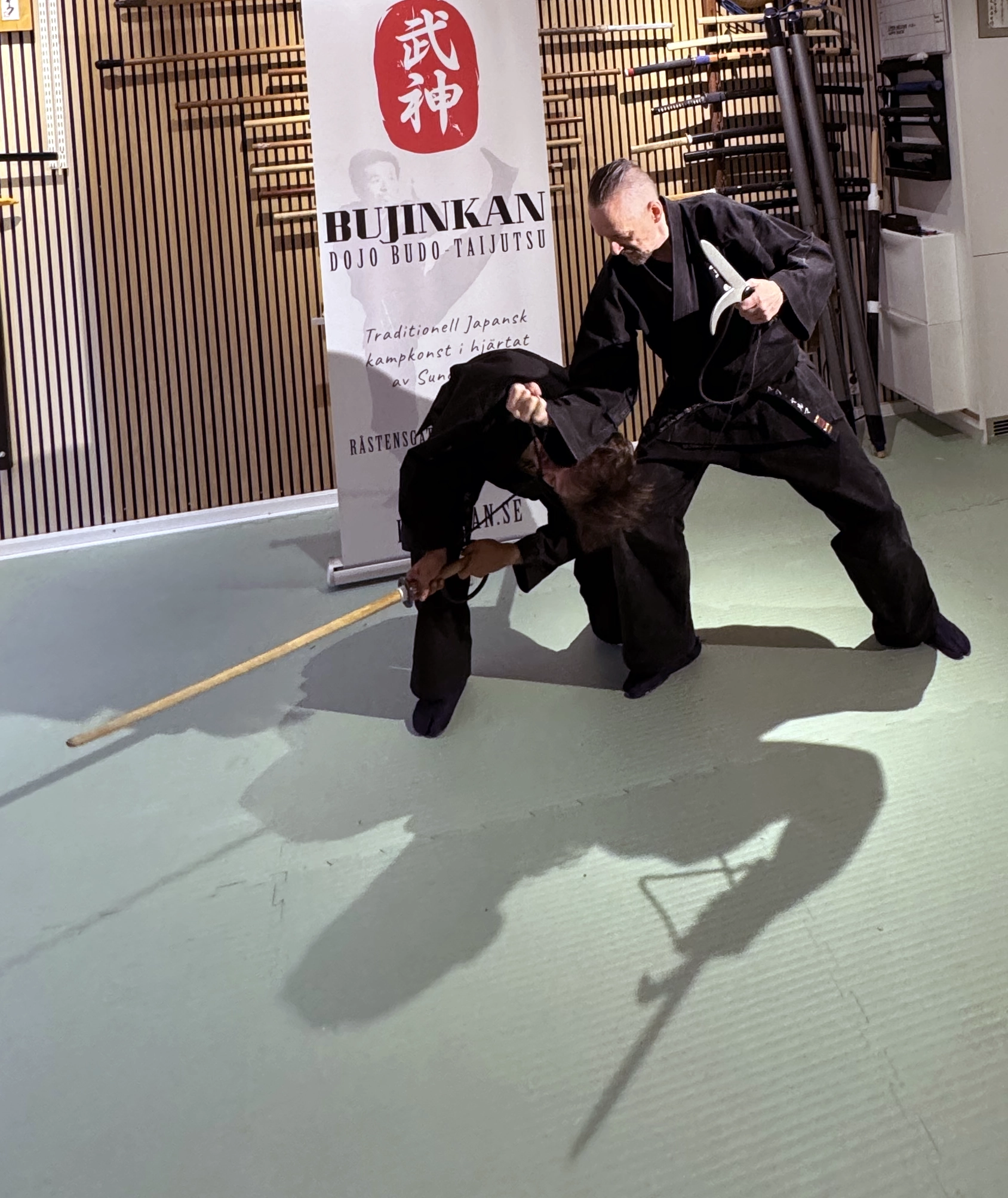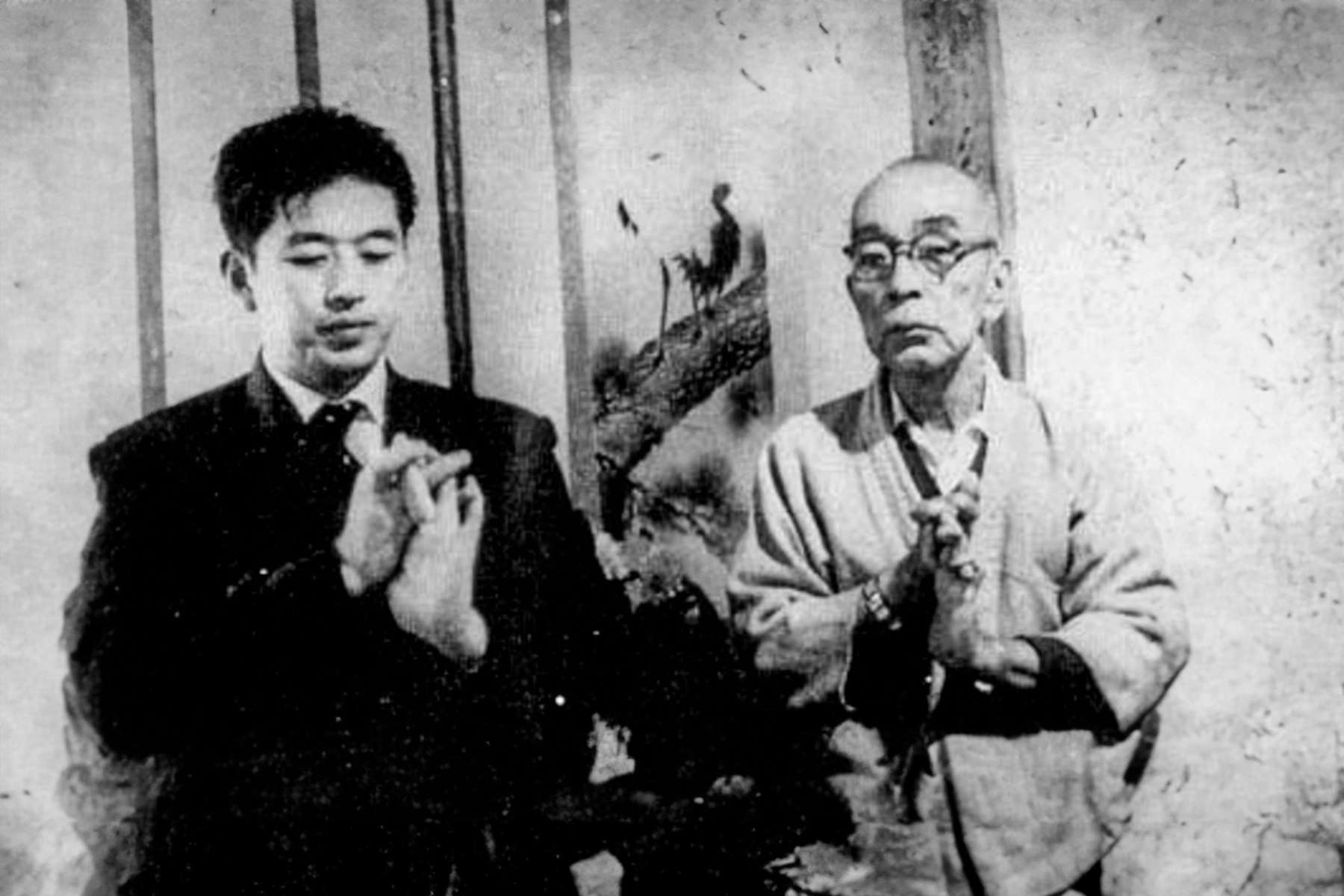From Bujinkan Santa Monica by Michael
I’m off to Japan again. Every trip has a hidden influence so it feels
fresh for me. I get excited leading up and preparing for travel. I get
excited in the airports, on the planes, and on the trains. I always make
big plans to do things in Japan, to visit places, to learn from
specific teachers, to meet with friends I haven’t seen in a long time…
But when I get there, Japan has other ideas for me.
The reality on the ground decides for me. I let Japan decide what I will
be doing on that day, or on that trip. Then each trip becomes a unique
experience in itself.
During one class with Hatsumi Sensei, he spoke of 幽玄の世界 Yūgen no sekai.
He said it was like purposely taking a picture that was out of focus.
He said you don’t want the focus to be too sharp. Instead you feel it
with your eyes, your skin, and your heart.
I drive my curiosity just by noticing things. I try to notice the little
details the country and the culture. I record things, I take notes in
the dojo. This allows me to share with people who are interested. I’m
very lucky to have been to Japan so many times. I know that not everyone
can travel like this. So this is an experience I cherish.
隱身威光: Hidden Influence
After I arrived, I decided it might be nice to find some inspiration in
Soke’s art. I know a place that has a sample copy of Dojo Giga that I
could read. When I cracked open the book, my eyes fell on a painting
with the title of 隱身威光: Hidden Influence.
The painting is very vibrant and has two figures, 天照大御神 Amaterasu
Ōmikami and her brother 須佐之男命 Susano’o no Mikoto. It appears to be a
scene from 天の岩戸 Ama-no-Iwato, in which Susano’o misbehaved and drove his
sister into hiding in the cave. Since she is basically the Sun goddess,
this plunged the whole world into darkness.
No matter how much Amaterasu defended her brother, he continued to
misbehave and treated her badly. She became depressed and withdrew into a
cave, removing her divine light from the world. Disappearing into the
cave is symbolic of a type of death and depression. People who are
depressed often withdraw into a cave of their own making.
As the story goes, the world was in darkness. Nothing would grow so
starvation and famine spread. Various demons took advantage and rose up
to plague humanity.
All of the other Kami became desperate to get her light back out into
the world. No matter how much they pleaded with her, she would not come
out. They even tricked roosters to crow as if the sun was rising. None
of it worked.
They hatched a plan to make her jealous. They constructed a bronze
mirror (one of the three treasures of Japan) and threw a big party
outside the cave. The Shintō party goddess, 天宇受賣命 Ama no Uzume no
Mikoto, began a wild dance outside the cave that was part comedy, part
strip tease.
This amused all of the Kami so much that they grew festive and cheered
loudly. Amaterasu heard all of this revelry and decided to peek out of
the cave to see what had everyone so excited. Through this small
opening, her light flashed out and caught the mirror.
She asked them why they were celebrating and they told her that there
was a Kami greater than her outside the cave. She had to see this so she
came out and her gaze caught her own reflection in the mirror. The
other Kami quickly shut the cave behind her and sealed it with a
Shimenawa.
In Japan, you find Shimenawa at shrines and even in the dojo. These
ropes delineate a sacred space from the everyday world. So when you pass
that threshold it is a type of rebirth into your sacred self. That is a
nice cure for depression!
The kanji Hatsumi Sensei wrote on the painting are translated as “hidden
influence.” But 隱身 kakurimi means you’re hiding yourself or become
invisible. And 威光 ikō is a very intense and powerful light that is
transcendent.
So you might hide or disappear within this divine light. Our training is
hidden like this. This is why people with dark agendas or personalities
can’t find the essence of our training. Even when they come to our
dojo.
Hatsumi Sensei’s painting is asking us questions. The answers come in
many layers. I’m glad I started my trip viewing this painting so it can
be a “hidden influence” over my training.
Class with Nagato Sensei
After my art reverie, I went to Nagato Sensei’s
class where I was immediately charged with the sign in sheet and taking
money. Luckily the class was small, maybe only 15 people. Helping them
sign in allowed me to say hello to each one.
Nagato Sensei had a “volunteer” demonstrate to open class. This person
did a very elaborate technique that included 3 spins. I guess it was
nice that his uke waited patiently for the wrist lock.
But Nagato Sensei used this wild use of space to explore. He did many
pass throughs and hand offs of the locked wrist. All the while
pressuring with his elbows or using his legs to stop or lock up the
opponent so they were trapped.
Nagato Sensei’s footwork is quite refined. He used a lot of cross steps
to lock up the opponent or even sweep their feet out from under them.
His legs kept the opponent frozen in space. This even included
submissions like a dō jime.
Class with Paul Masse
After that class I took a small break for lunch and went back to the
dojo for the next class with Paul Masse. Paul is a friend so training
with him feels like sharing. He often asks for my input in class or for
me to share what I remember from training with Hatsumi Sensei.
And the great thing is, my memories will trigger a waterfall of Paul’s
own training memories with Soke over the last 30 plus years here in
Japan. He started off class very advanced with a subtle use of 刀匿
tōtoku. But he quickly realized he needed to simplify for the small
group that was at the Honbu dojo. He changed to a grab and punch
defense.
But, I kept pushing for the more advanced material. So he began to use
虚実 kyojitsu to access hidden weapons. At one point he let the attacker
drop, who then seemed to just fall into position.
Paul told us that Hatsumi Sensei called this 回経つ外力 Kaitatsu Gairyoku.
This is kind of a mechanical effect such as using gravity to unbalance.
But it has larger implications because you are inviting the powers of
nature to assist you.
Gravity is the most obvious force in the dojo. But we are surrounded by
many natural forces at all times. Which of these can be your “hidden
influence” to help you prevail in a fight?
Powers of nature don’t have to be invited, they’ll just show up. Kind of
like how I just show up in Japan. If you’d like to learn more about my
trip please look for Japan Report Two 令和6年 coming soon.
…

